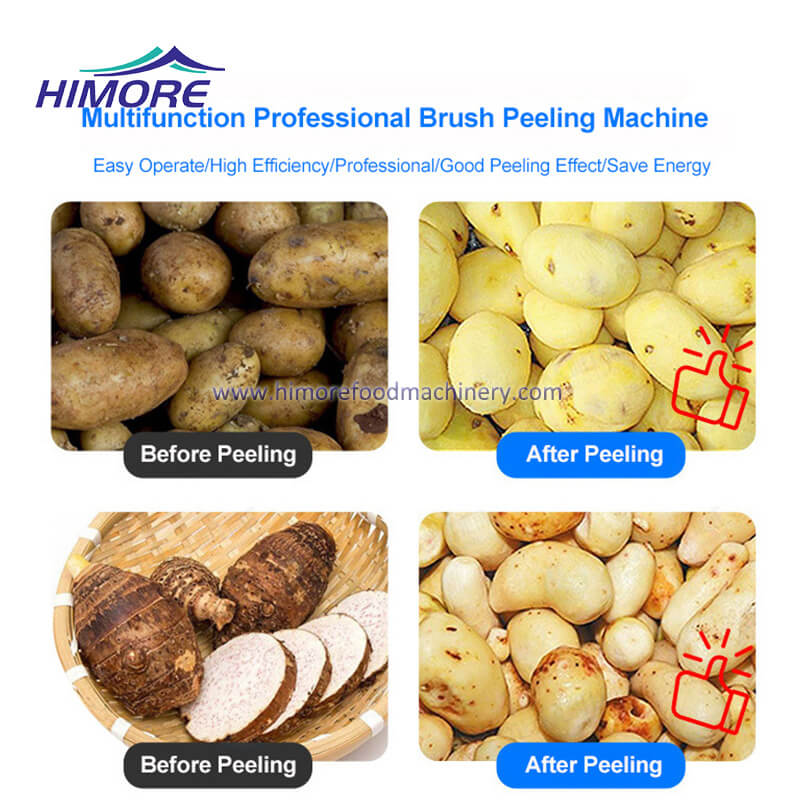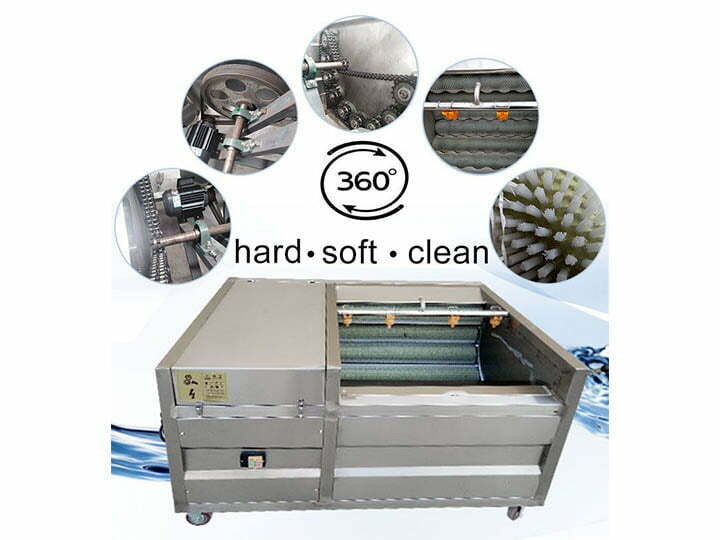10 years of experience as a food machinery equipment manufacturer
10 years of experience as a food machinery equipment manufacturer
The 1000 Potato Cleaner Machine represents a significant advancement in automating what was traditionally a labor-intensive task for farms and food processing facilities. Designed with simplicity and efficiency in mind, it streamlines the process of preparing potatoes for further processing or market, making it accessible even for beginners.

At its core, the 1000 Potato Cleaner Machine is a multi-stage washing system engineered to remove soil, stones, debris, and residual pesticides from potato tubers effectively. Its robust stainless-steel construction ensures durability and hygiene, critical for food safety standards. The “1000” designation often refers to its capacity or model variation, suitable for small to medium-scale operations.
Operating the 1000 Potato Cleaner Machine involves a straightforward sequence, designed for minimal training requirements:
The process begins by manually or mechanically (using a simple conveyor if available) feeding raw, unwashed potatoes into the machine’s hopper. Operators should ensure a steady but manageable flow, avoiding overloading which could impede the cleaning action.
As potatoes enter the machine, they encounter the first stage: a powerful water spray or a rotating drum featuring water jets. This initial rinse dislodges the majority of loose dirt and mud clinging to the tubers. Water pressure here is designed to be effective without causing bruising.
The potatoes then move into the heart of the cleaner. They pass through a section typically containing rotating soft rubber rollers, nylon brushes, or a combination of both. These elements gently agitate and scrub the potato surfaces against each other and the cleaning media. The friction efficiently removes stubborn dirt, small stones, and even thin rootlets.
Following the mechanical scrubbing, the potatoes undergo a thorough high-pressure rinse. Strategically positioned spray nozzles deliver clean water, washing away any dislodged debris and residual cleaning water, leaving the potatoes visibly clean.
Clean potatoes are then conveyed through a dewatering section. This often consists of vibratory screens or an airflow system that shakes off excess water droplets. This step significantly reduces surface moisture, aiding in longer storage life and preventing spoilage. Some advanced models might include a gentle drying element.
Finally, the cleaned and partially dried potatoes exit the machine onto a collection conveyor, bin, or directly into crates ready for further handling like sorting, grading, packing, or immediate processing.
The design of the 1000 Potato Cleaner Machine inherently addresses challenges faced by those new to using such equipment:
Keeping the 1000 Potato Cleaner running smoothly involves basic routine maintenance tasks manageable without advanced technical skills:

Clear documentation usually guides users through these essential upkeep steps.
The 1000 Potato Cleaner Machine offers a practical solution for efficiently washing potatoes. Its step-by-step operation process is engineered for simplicity, making the transition from manual washing manageable for newcomers. The benefits of labor reduction, consistency, and improved hygiene present tangible advantages for small-scale farmers and processors looking to improve efficiency. As with any equipment, understanding its operation and committing to simple maintenance routines are key factors in achieving optimal performance and longevity. The design prioritizes functionality and accessibility, aligning well with the needs of beginners in agricultural or food processing operations.
